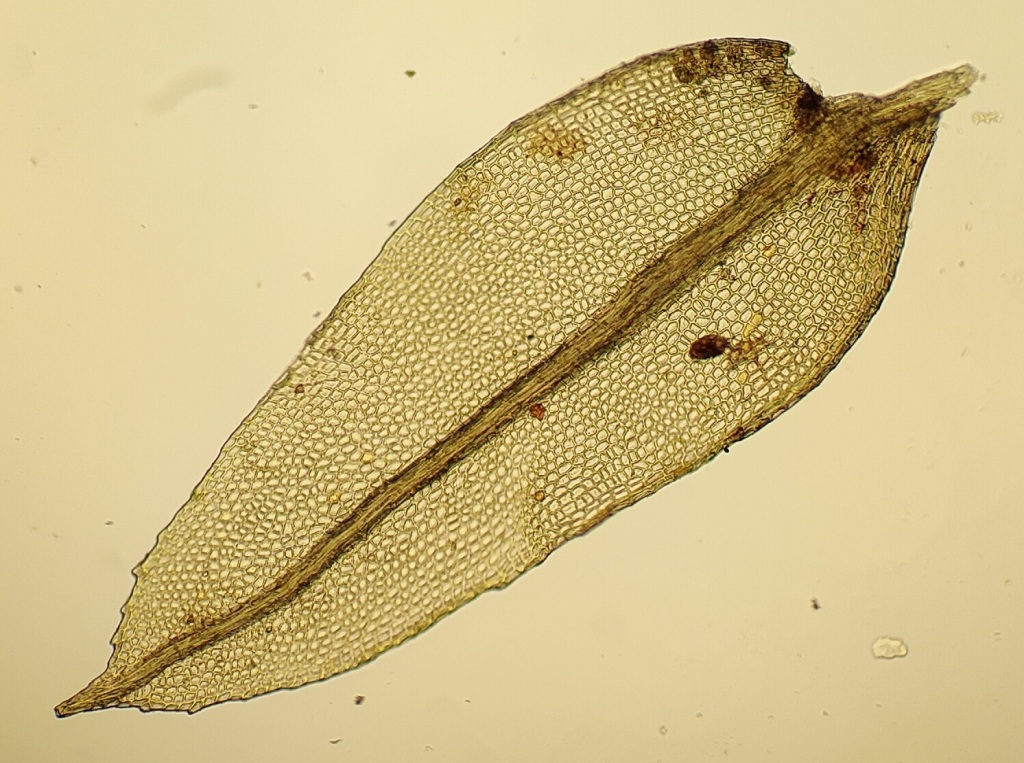Rhizogonium novae-hollandiae
(Brid.) Brid.Loose or dense turves on tree ferns or logs. Stems 10–20 (–40) mm long, red-brown at very base, otherwise green, with red-brown rhizoids restricted to very base. Leaves ovate, oblong or lanceolate, asymmetric at base, decurrent at base on side toward stem base, 0.8–1.5 mm long, 0.4–0.7 mm wide, flat, folding toward leaves from opposite rank when dry; costa excurrent; apex acute; margins serrate toward apex, without a border of elongate cells, flat; cells in apical half hexagonal, subquadrate in basal half, 7–33 μm long, 5–18 μm wide, similar length throughout or sometimes more elongate at insertion. Setae 11–30 mm long, pale brown, smooth. Capsules cylindric, horizontal or pendent, 1.5–2.3 mm long. Operculum rostrate from conic base, 0.9–1.2 mm long.
GipP, CVU, GGr, WPro, HSF, HNF, OtR, MonT, HFE, VAlp. Also QLD, NSW and Tas. New Zealand and South America. Wet sclerophyll forest and cool-temperate rainforest in the Otways, Yarra Ranges through to the west slope of the Baw Baw Plateau, Wilsons Promontory and Errinundra Plateau, with an outlying occurrence in the Victoria Range of the Grampians.
 Spinning
Spinning

